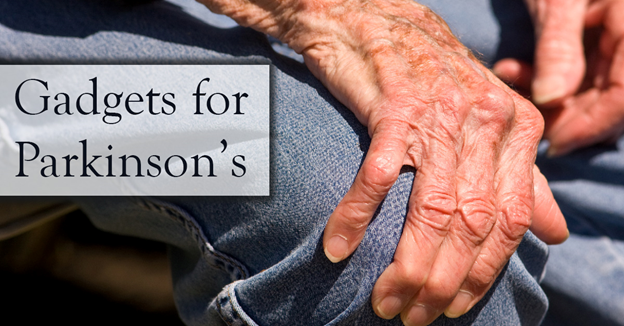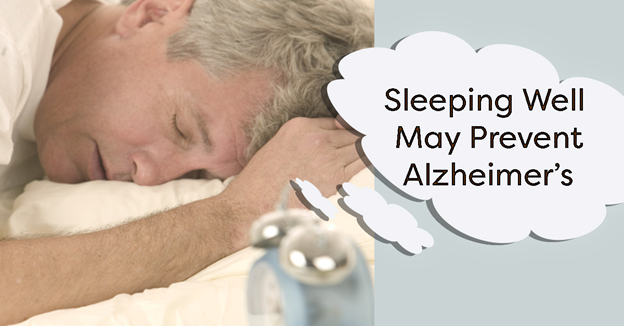
Parkinson’s disease (PD) can make daily living challenging. PD symptoms such as shakiness, slow movements, and rigid muscles can affect daily life. As the disease progresses, it can turn ordinary tasks such as eating, dressing and writing into daunting chores. Gadgets – better known as assistive devices – can help make these tasks easier for daily living.
Assistive technology has come a long way over the past few years. Devices to assist with walking, getting dressed, and eating have been created to help balance problems experienced by those with the disease. Here are a few tools that may help make life a little less challenging.
Dressing aids such as button hooks, magnetic button covers, and zipper pulls can make getting ready in the morning easier for individuals who lack dexterity, have tremors, and difficulty with coordination and balance. Lightweight, supportive shoes with Velcro tabs are easier to slip on.
Bathroom aids such as a shower chair, grab bar, and a nonskid bath mat are essential to help make the room safer and more accessible. Electric toothbrush, electric razor, or hands-free hair dryer mounted on a vanity can help with personal grooming.
Eating tools such as weighted utensils, plate guards, rubber mats to prevent dishes from slipping, and cups with an attachable lid can provide a sense of independence. Also, using insulated bowls, mugs, and plates can help keep food warm during the meal.
Mobile phones offer a peace of mind in staying connected with family and friends. Voice activation is available on most smartphones and can help assist to make calls by just saying the name of the intended person, search the internet, and check emails. Smartphones offer many apps such as medication management and data gathering apps. These can be used to inform the person who adjusts medications or treatments of Parkinson’s.
While assistive technology or equipment does not cure or stop the tremors, it can improve independence in daily life.






